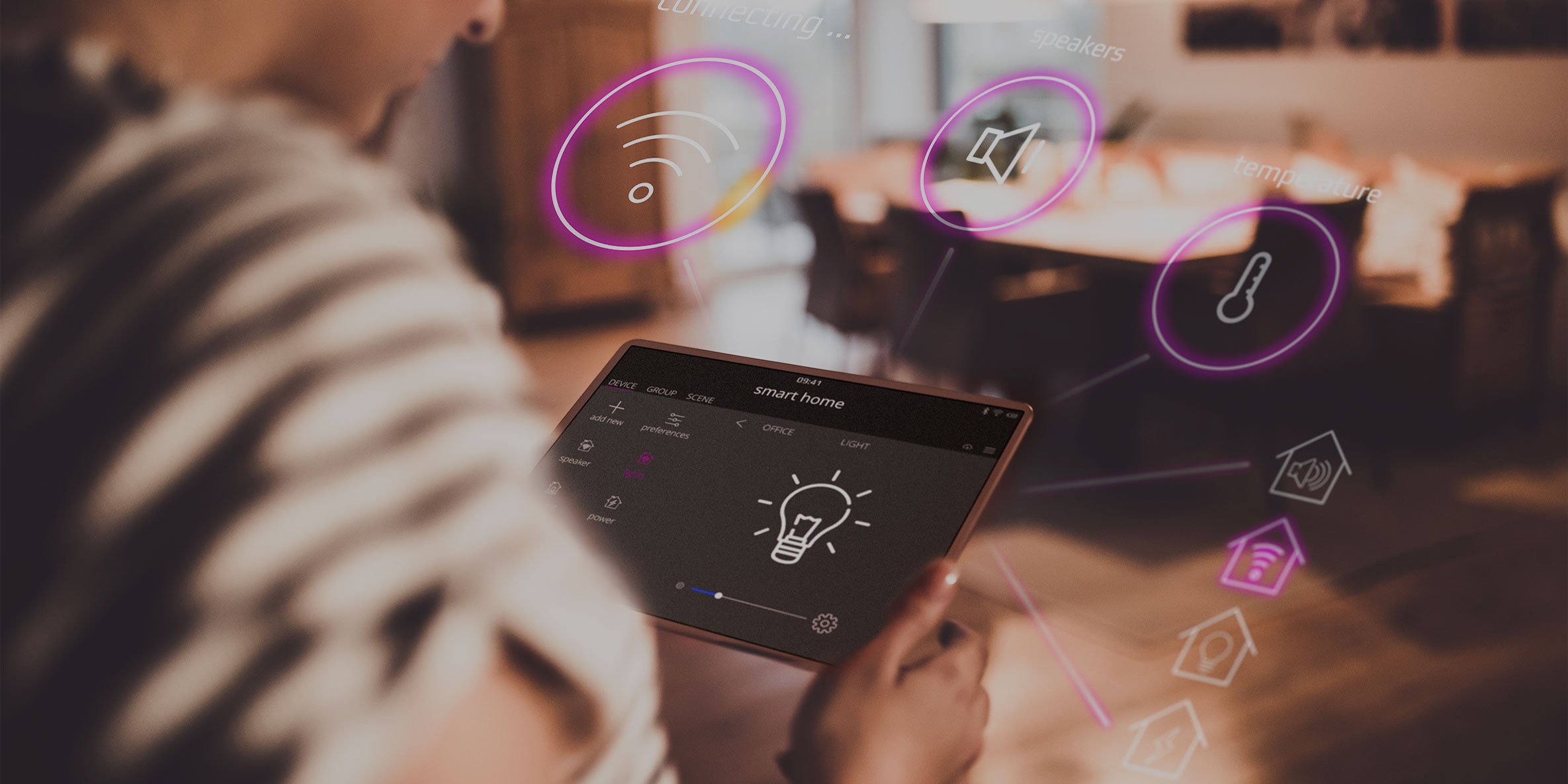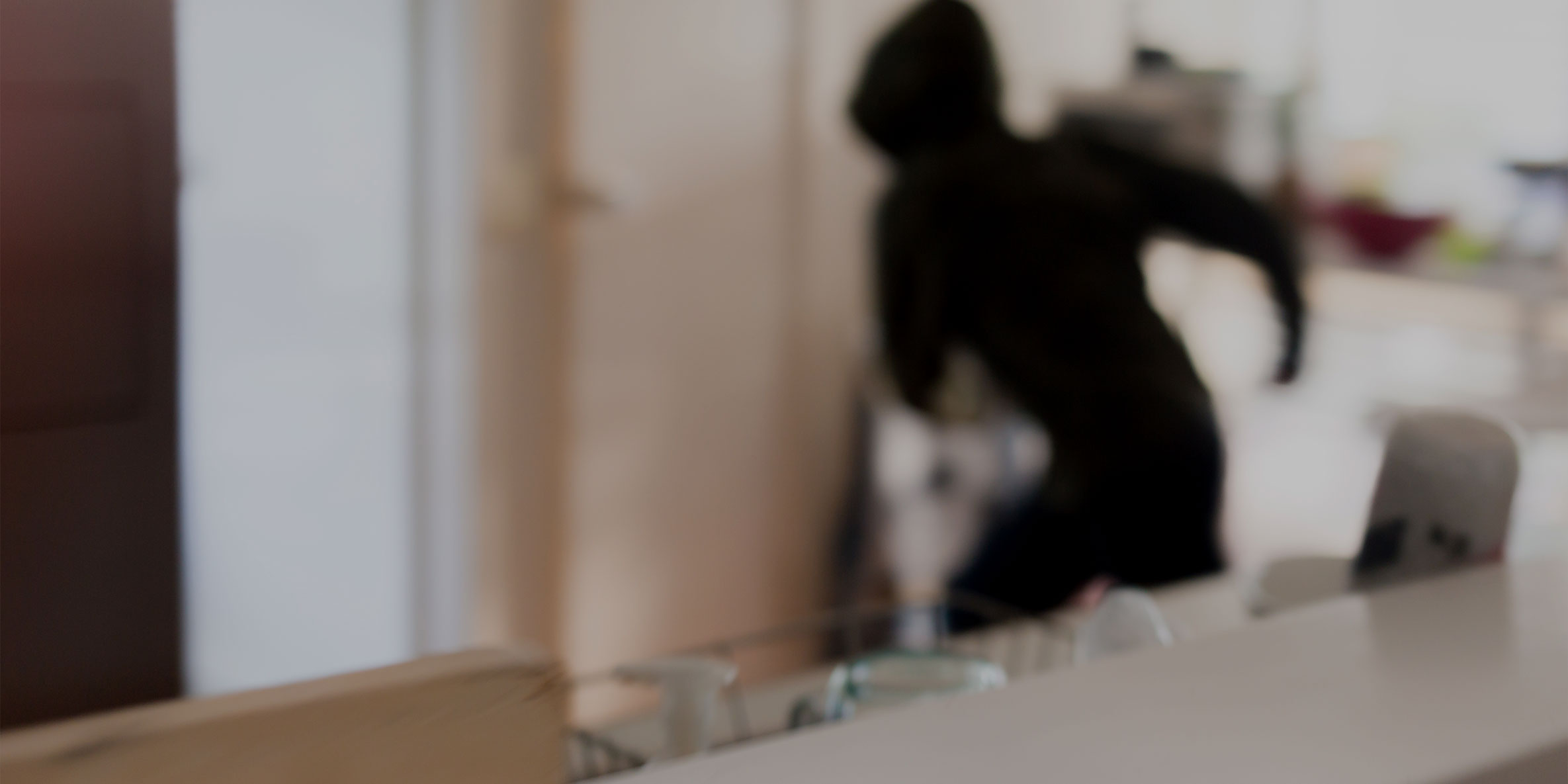This post was originally published on June 16, 2015 and has been updated for accuracy and comprehensiveness.
Technology has become a way of life. As the world becomes increasingly connected, it’s easier for hackers to take advantage of people. In the United States, there’s a computer hack every 39 seconds. As of March 2019, more than 14 billion data records had been lost or stolen.
To protect personal information from hackers, try implementing these best practices in your household.
Part 1: Network Setup
Location is key
Routers perform best from a central location in your home. This keeps your Wi-Fi network centralized throughout your household and weakens the network connection outside. You can even purchase longer cords that enable you to keep the router in the center of your home, rather than tucked in a corner. Keep your router away from windows, out of cupboards and keep it away from motors, microwaves and cordless phones.
Encryption
According to the Federal Communications Commission (FCC), simply “turning on your wireless router’s encryption setting can go a long way toward securing your network.” Encryption technology scrambles content sent wirelessly so it cannot be easily deciphered. Shortly after your Internet has been installed, check that encryption has been switched on; the most reliable option is WPA2.
Default Pre-Settings
A default name, or service set identifier (SSID), and IP password will be provided with your router. Pre-set passwords and names are often widely known and, therefore, are simple to crack. Change the SSID and router password once your Internet is installed. A long and complicated strand of numbers and symbols is recommended to increase password security.
As an overall best practice, always change default passwords provided with any new device. Just as you should change the locks on your new home, you should always opt to create your own password to keep hackers from getting in.
Network Password
Depending on your configuration and supplier, your router IP password could be different from the password you will regularly use to enter your Wi-Fi network. Therefore, ensure your Wi-Fi network password is unique.
People often make the common mistake of using the same password on multiple pieces of technology. This poses a security risk, as hackers can easily tap into all your assets after figuring it out.
For help creating a secure password, check out these guidelines.
Part 2: Wi-Fi Safety Smarts
There are a handful of practices you can follow to ensure your Wi-Fi is used safely on a consistent basis. Here are some of the most common suggestions:
Keep Firmware Up to Date
- Router updates are often difficult to keep track of and updates are commonly buried in the router to manually download. Stay on top of updates and take advantage of them—updates come with increased security measure and enhance performance features.
- Update passwords regularly (about every three months) and provide visitors with a separate guest Wi-Fi password.
Limit Network Access
- Sharing your password with family members and well-known house guests is perfectly fine. But you should be comfortable saying no to maintenance workers, landscapers, decorators or other people you don’t know so well.
- Keep in mind that open Wi-Fi networks, such as those at coffee shops, are not necessarily secure and could make your devices vulnerable to attacks.
Invest in Antivirus Software
- Invest in protection software. However, it’s important to do your research before downloading a program. Work with a security vendor to determine the best solution to fit your needs.
Beware of Suspicious Activity
- Visit and download content only from secure websites, and only open emails from sources you know and trust. Hackers can often gain access to your network and devices through unsolicited, or phishing, links this way.
- Reach out to your router manufacturer or wireless Internet provider if you are concerned about the vulnerability of your home Internet network at any time.



